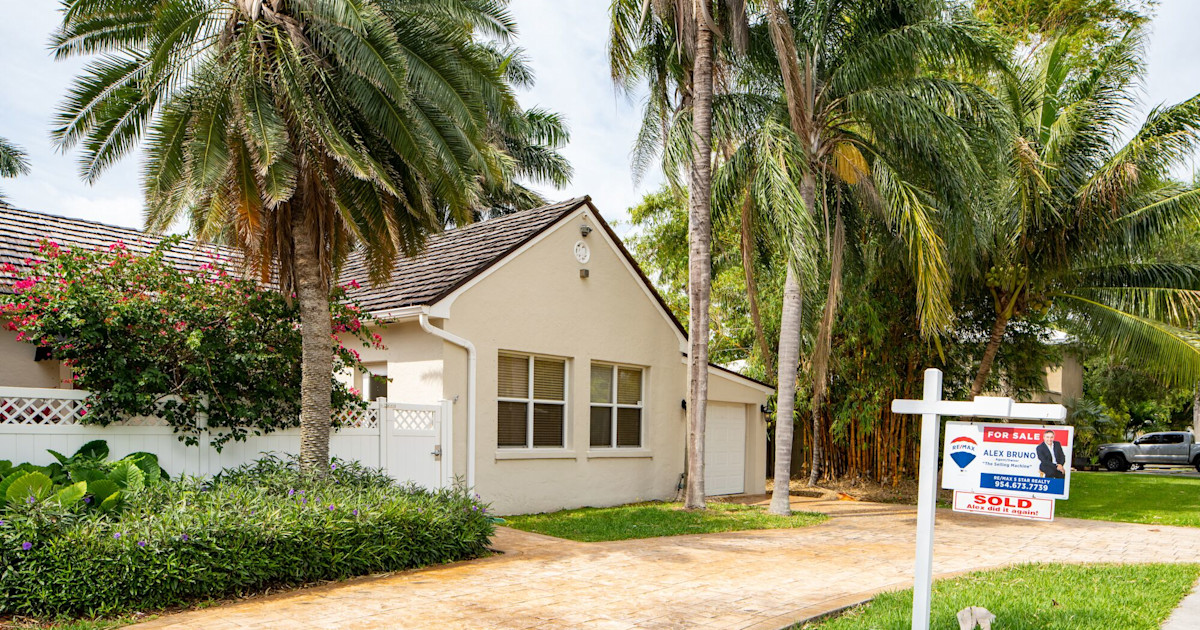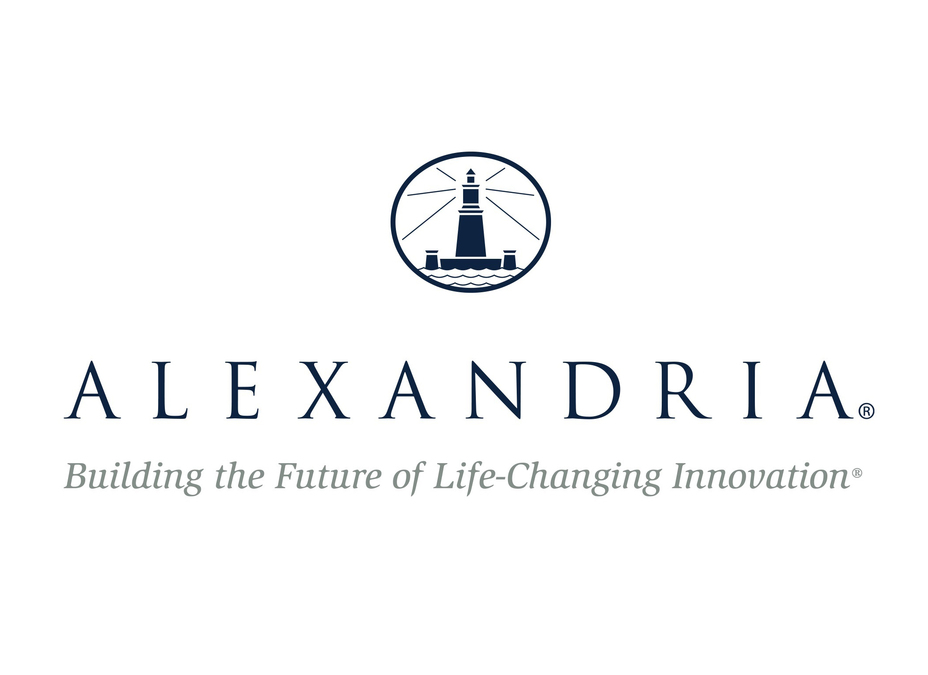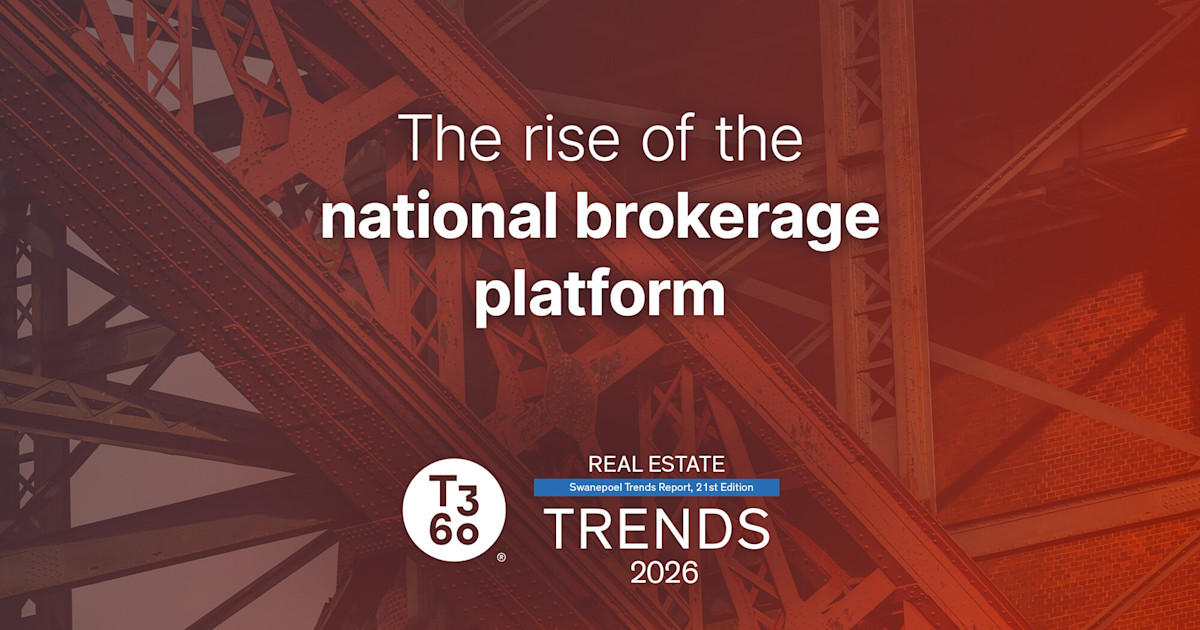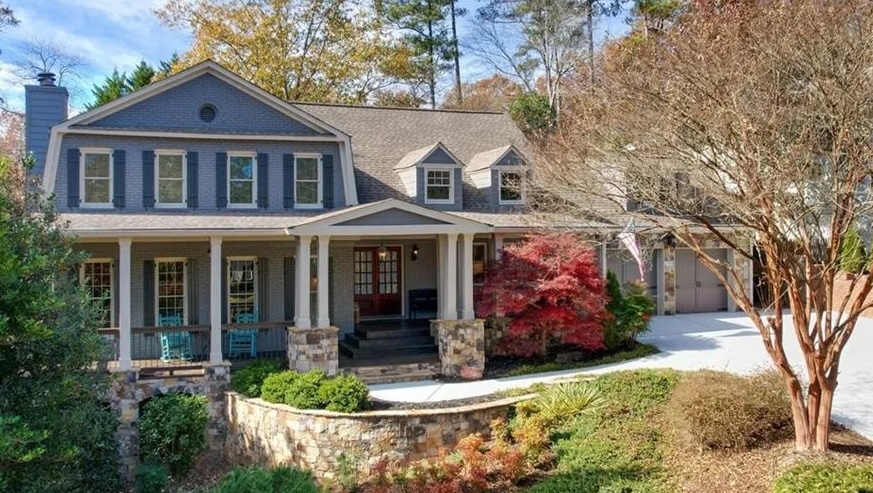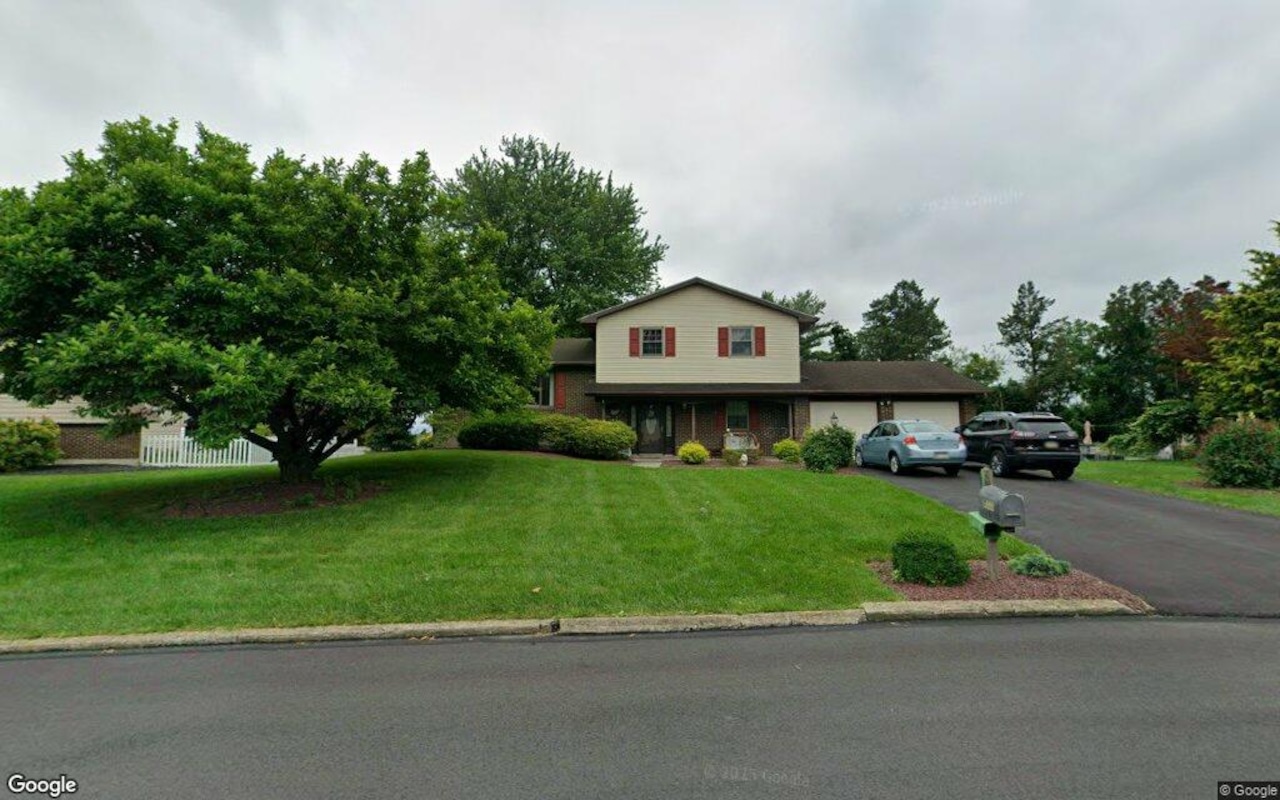I
nvestors eye Florida and Texas as the prime U.S. markets, where lower home prices, robust demand, and landlord‑friendly rules combine to boost returns. While first‑time buyers face high prices and steep borrowing costs, first‑time investors can find better prospects by picking the right city.
The new Real Estate Investment Index evaluated the 100 largest U.S. cities on market and regulatory factors. Florida and Texas metros topped the list, with several Rust Belt cities also ranking highly. Rankings weighed financial metrics—average rent, median sale price, gross rental yield, and renter demand—alongside landlord‑friendliness, measured by eviction timelines, security‑deposit limits, and rent‑control statutes.
In the top 20 investor‑friendly cities, Florida and Texas each contributed seven, with Florida claiming the top two spots. Port St. Lucie led the pack, followed by Cape Coral. Both cities enjoy growing populations, low property taxes, ample inventory, and median home prices in the mid‑$300,000 range. Other Florida cities in the top 20 include Miami, Jacksonville, St. Petersburg, Tampa, and Orlando. In Texas, Garland (median price just under $300,000) ranks fourth, joined by Fort Worth, Irving, El Paso, Corpus Christi, San Antonio, and Frisco (median price above $600,000).
Rust Belt performers feature Cleveland (4th) and Columbus (8th), with Detroit, Indianapolis, and Philadelphia also noted as attractive for investors. Cities in the Northeast and West Coast largely omitted, reflecting their higher cost bases.
Recent data show homeowner households dipping for the first time in nearly a decade, while renter households rise—signaling steady rental demand. Despite affordability pressures and economic headwinds, investor sentiment remains upbeat and activity stays strong, according to a Cotality report. Principal Economist Thom Malone noted that investors are “resilient in a high‑price, high‑rate environment” and well positioned to meet ongoing rental demand.
